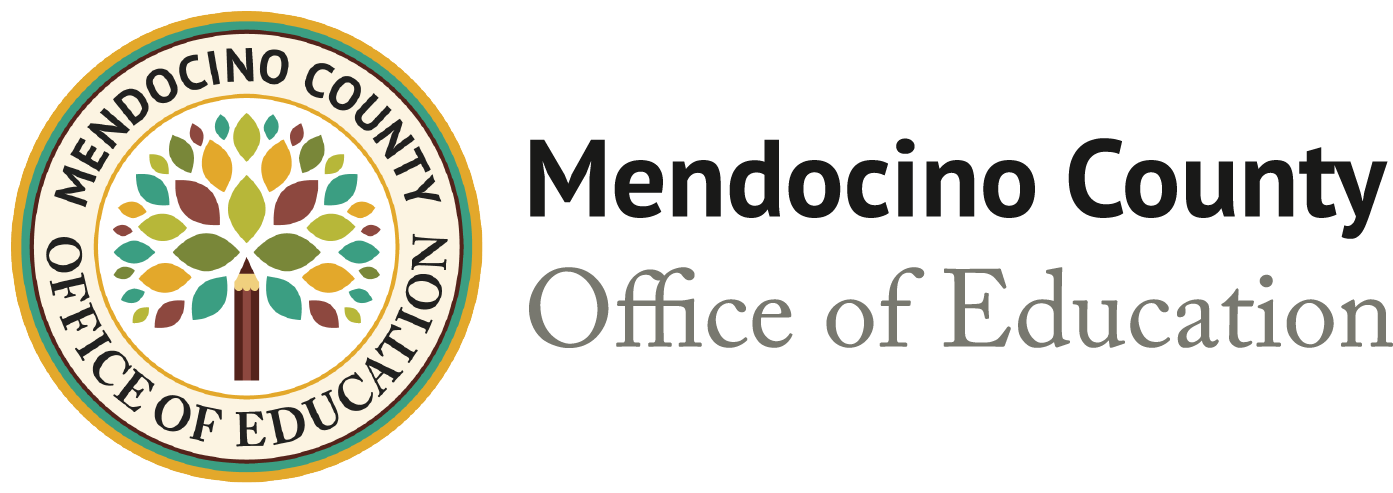
PREPARING FOR NATURAL DISASTERS AND SUPPORTING SCHOOLS THROUGHOUT THE PSPS
Mendocino County Office of Education: A Perspective on Education
During the PG&E Planned Safety Power Shutoffs this fall, households, businesses, government entities, and schools had to figure out how to manage daily operations without electricity, no small feat when we’ve all grown accustomed to an electronic and digital world.
Because so much of the Mendocino County Office of Education’s work is behind the scenes, people sometimes ask me, “What does MCOE do?” In answer to that question, I thought it important to share some of the details of our PSPS preparation and support. When it comes to education, MCOE is responsible for helping local districts educate thousands of students and support hundreds of employees-primarily by serving as a communication and technology hub and by providing facilities support.
Our formal preparation for PG&E’s Public Safety Power Shutoffs began in early May when the California Public Utilities Commission approved PG&E’s plan to use power shutoffs. MCOE hosts the internet services used by all districts in the county, serving approximately 13,000 students. We also share a financial system with all the districts, and most districts have switched to internal telephone systems that use the internet as their carrier. Thus, the loss of internet access would not only disrupt technology in the classrooms but also telephone services, financial services, state reporting, and payroll processing. (MCOE prints the monthly payroll checks for more than 6,000 public education employees.)
Therefore, our planning centered around business continuity for county school districts, which involved:
- Maintaining access to payroll and financial systems,
- Serving as a liaison between schools (both public and private) and the County Office of Emergency,
- Providing technical assistance to districts and charter schools in their own planning for the impacts of losing power (e.g., what to do with refrigerated food), and
- Keeping the public informed about whether schools were open each day during the PSPS.
By attending various PG&E presentations and sharing that information with our staff, district employees, and the public, we enabled others to remain productive in their regular jobs-district employees could remain focused on educating students. We also provided technical support on-site and via telephone regarding the feasibility of generators and where to place them. Many of our more rural schools not only require power for communications, lighting, heating, and cooling; they also pump their own water and sewage.
Finally, we encouraged our employees to create family emergency plans and collect supplies, directing them to prepareforpowerdown.com and providing useful templates to make sure they thought of everything (e.g., medications, pet food, important documents, etc.).
Sometimes the proof of MCOE’s good work is that there’s nothing to report-no disaster, no disruption in service, no one going without paychecks. I am really proud of the hardworking employees at MCOE who tried (and mostly succeeded) in thinking of every contingency, so people were as safe as they could be, and in many cases, except for a lack of power, it was business as usual.
Michelle Hutchins
Mendocino County
Superintendent of Schools

